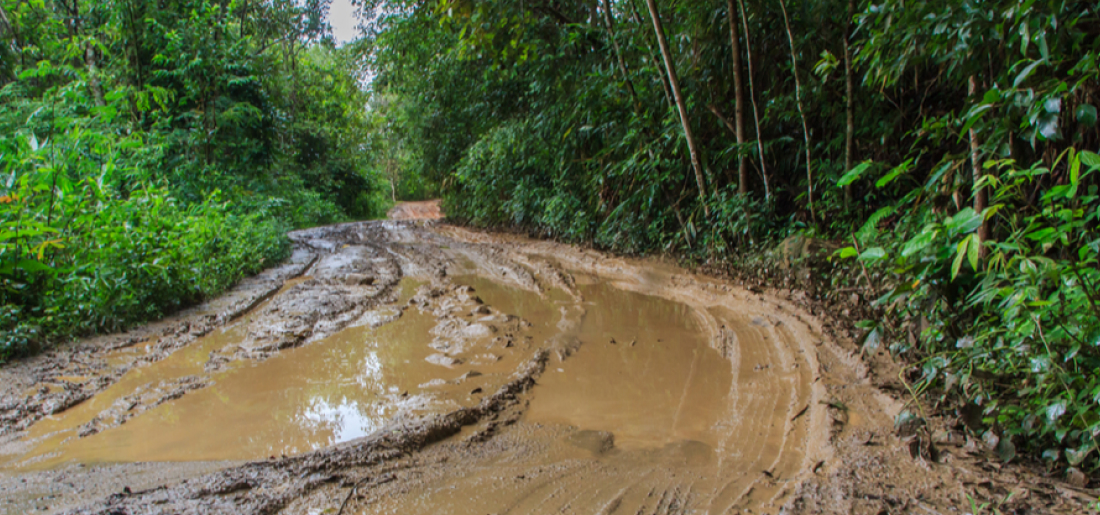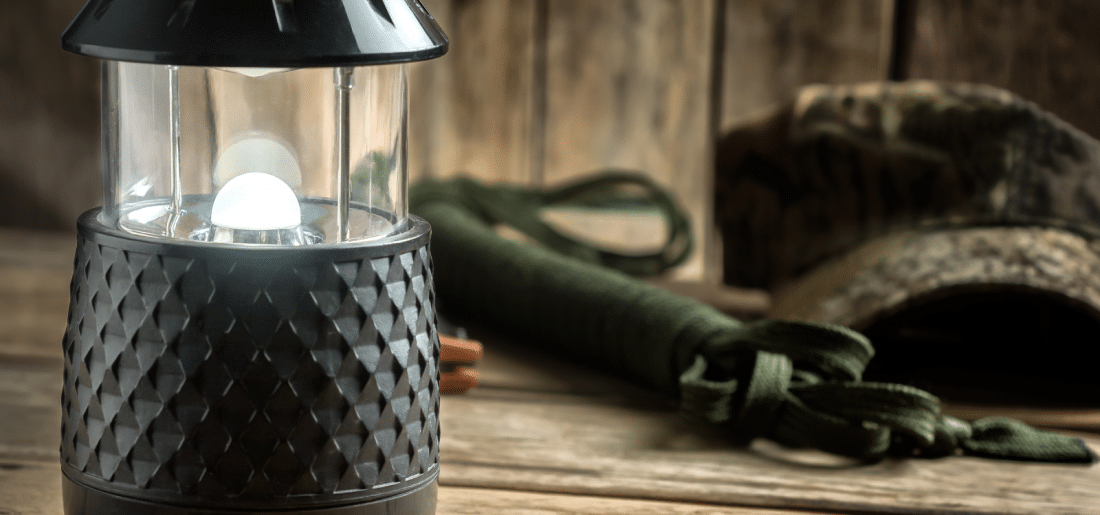HOW TO CARAVAN IN THE WET
Rain. It’s inevitable and usually unwelcome when you’re caravanning, adding a whole new set of challenges – and some unexpected pleasures – if you’re new to the game.
First, check that your caravan is weatherproof. Most modern vans have one-piece roofs that eliminate the most serious frame-rotting leaks, but the rubber seals around windows and front and side exterior lockers are likely to crack and degrade after months stored in the hot sun.
A simple way to check is a strong spray from a garden hose, but perished seals are fairly easy to spot anyway and a trip to a local caravan repair shop is a not-too-expensive pre-trip recommendation.
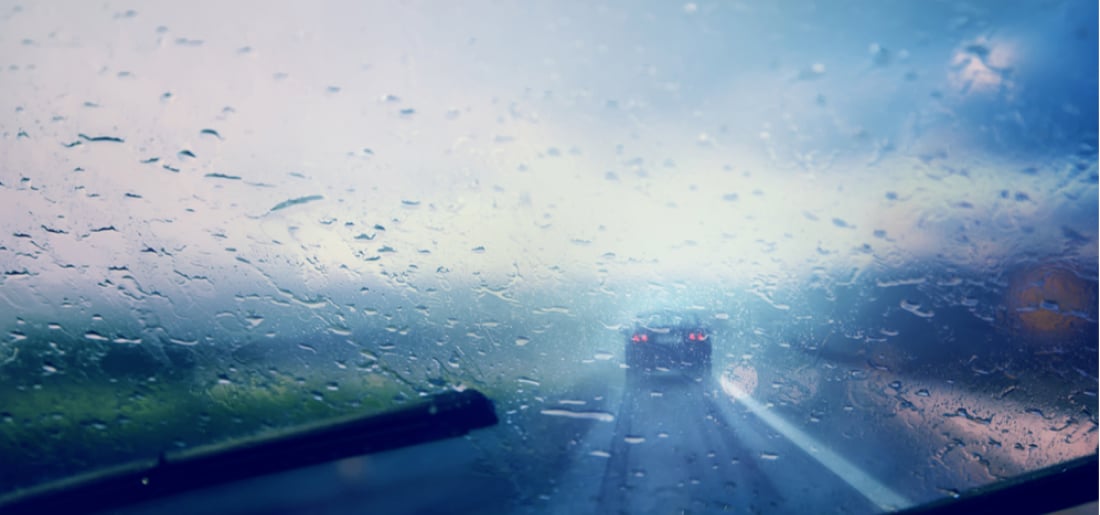
Also check the seals around your roof-top air conditioner and roof hatches. These are usually the flexible seal applied by a glue gun, so the old seal can be quite easily scraped away and new material applied by any handyman.
Just as you would block any in-cupboard dust holes, you should also consider their ability to admit water and check them again, particularly around the holes made to allow cables to pass through.
The compulsory gas vent holes in the door are another potential leak point, but the water rarely goes anywhere harmful.
After this check-around, pack a waterproof jacket and hat, plus plastic sandals or thongs. You never know when you’ll need them.
The next challenge is to accept that your rig won’t be as sure-footed as it was in the dry. So as it won’t stop as well, you’ll have to leave extra room between it and other traffic on the freeway, even if other opportunistic drivers use your discretion to lane-hop between you and the vehicle ahead.
Also, back your electronic brake controller off a notch or two in towns or early in the morning. If your caravan’s wheels are on the verge of locking in the dry, they certainly will if it’s wet and its skidding weight will be pushing you into the back of traffic ahead.
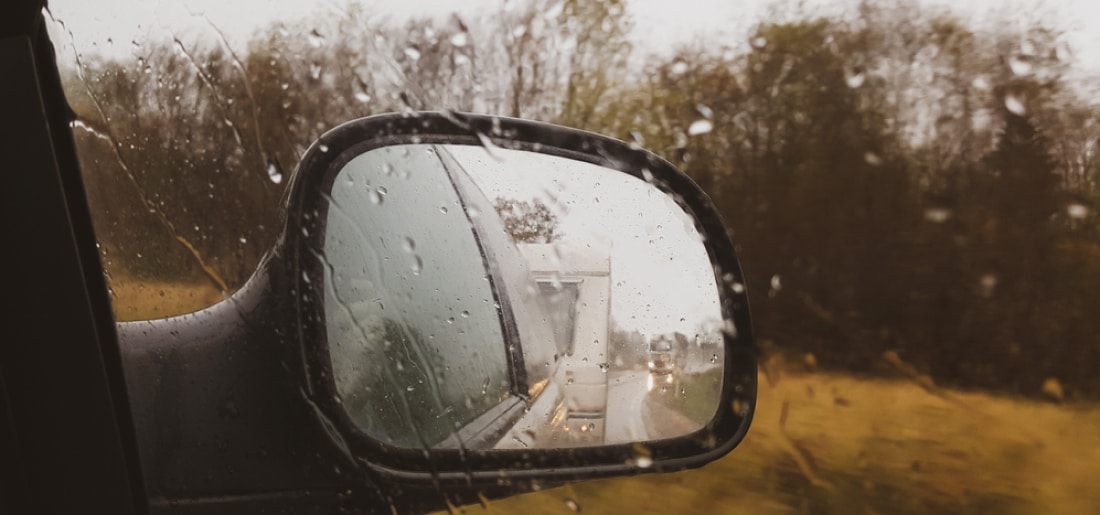
Don’t expect the same sure-footed handling on twisty roads, either. Think of your van’s tow ball load as a 200-400kg force pushing the rear of your tow car sideways – or straight ahead, in slippery downhill corners.
The problems multiply on wet, muddy roads, but there’s another dimension to deal with – crowned roads. While they assist drainage, less-travelled back roads can also be a lot slipperier near their edges and if you drop off the crown towing a heavy van you can easily have difficulty getting back onto it.
If you have a 4WD tow car, put it into high range 4WD as soon as you encounter a slippery road and you’ll travel with a lot more confidence.
Beware of roads with deep muddy tracks, as you are destined to follow them to wherever they lead. The same applies to any tempting over-grown side roads.
On lesser travelled Outback roads, you will often find ‘chicken tracks’ that veer off from the main road to avoid large, boggy sections. Most work, but like the one we tired north of Broken Hill that finished with a large tree stump didn’t. My advice, tedious as it is, is to walk it first. The same applies to water across the road, which may hide broken pavement, or rocks.
When encountering serious water, we usually park up first and watch other vehicles go through to ensure a safe path after selecting 4WD and a low gear, but not too low. Torque is your friend here, not wheelspin, so 2nd gear will usually be a better choice than 1st.
But if the water splashes across the bonnet, forget it. If this happens you can assume that (1) you are going too fast, and (2), more water under pressure is hosing you engine’s electrics from below and might extinguish them, very inconveniently, mid-stream.
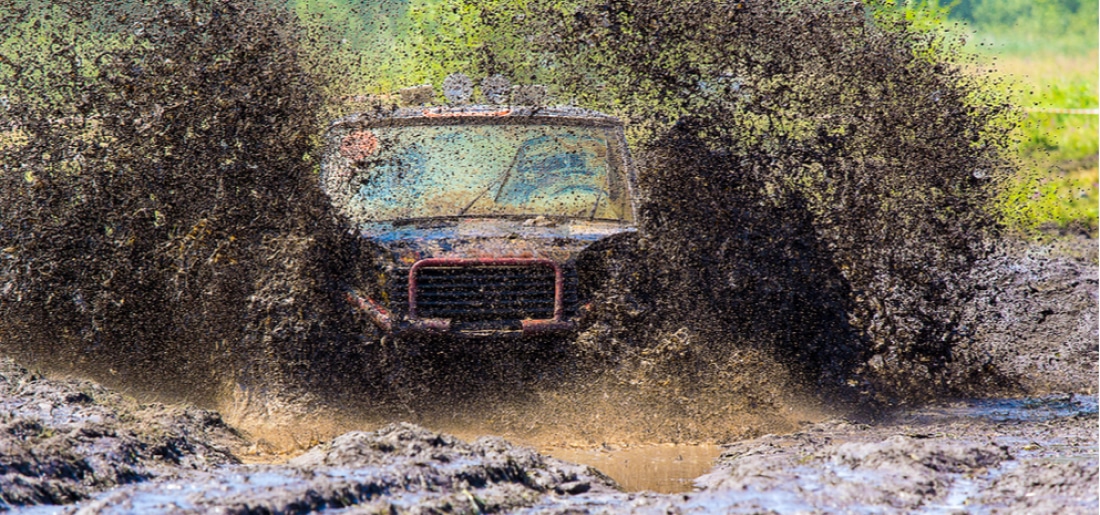
Once you find you camping spot, locate your rig so that you can drive out again in the morning in case it continues to rain overnight – ideally point it downhill, rather than uphill!
Check out the lay of the hand before you stop. Avoid flat, low-lying areas as the water can’t drain from them and go for the higher ground, where it does.
Then extend your awning, as it allow you to open windows on that side for ventilation and to keep the rain off while you remove your soggy plastic sandals. Your air conditioner can work well here as a de-humidifier.
One tip. When you get to a town with a car wash, direct some spray at the underside of your van and tow car, its wheels and its brakes. A build-up of hard, dried mud can affect your wheel balance, your car’s ABS brakes and other systems. While there, also check that your muddy adventures have not displaced any wires or cables.
But there are some ‘up’ sides to travelling off-season, particularly during the northern ‘Wet’ from late November to early May, when all those dribbling waterfalls are flowing beautifully, the frogs are in full voice and the red dirt turns to grass.
So, rather than being afraid of wet weather caravanning, embrace it. Just be prepared and enjoy!
This an edited version of an article that was originally published on Caravan Camping Sales.
